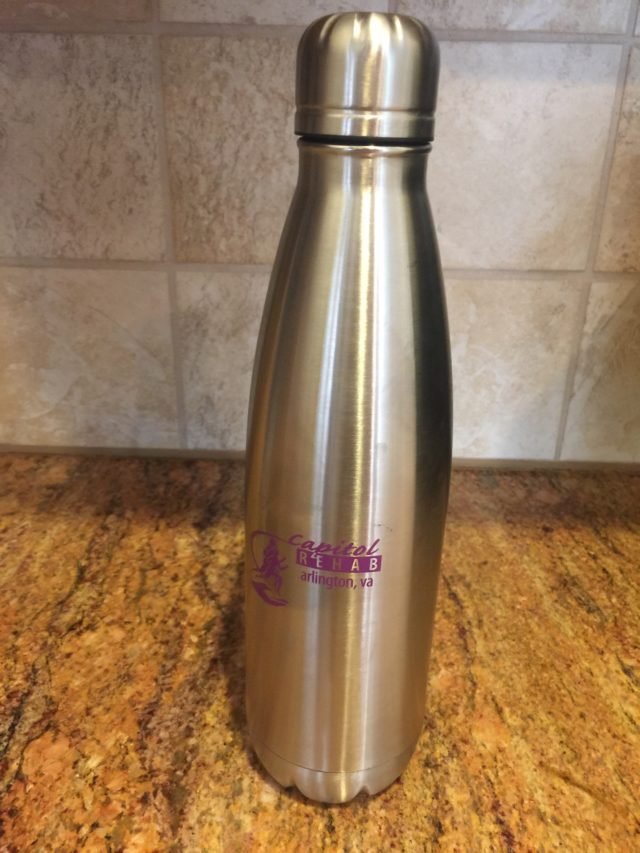Over the past few years, there has been a push to get consumers away from drinking out of plastic water bottles. You may even have heard the debate over plastic vs. stainless steel water bottles.
Is it an environmental issue to reduce the waste associated with disposable plastic bottles? Is it an effort by makers of alternative water bottles to get people to buy their product, or is it a concern about the effect of chemicals in plastic on water?
What’s the truth? The answer is: plastic definitely isn’t a good choice. I recommend using stainless steel water bottles instead.
Why Stainless Steel Water Bottles?
Most of the research has centered around what happens when a plastic water bottle is heated up. Informal studies began by looking at water bottles that had been sitting in parked cars and had warmed up to a dangerous temperature (greater than 125 degrees Fahrenheit). The purpose was to understand what happens to a plastic bottle when it is warmed, and how warm plastic affects water quality.
The findings show that when a plastic water bottle is heated, several chemicals from the plastic leech into the water, the most significant being Bisphenol A or BPA, an industrial chemical used to make hard, clear plastic used in many consumer products.
BPA is a hormone-mimicking chemical that has the properties of synthetic estrogen. Predictably, a synthetic estrogen like BPA affects hormone levels and is linked to several significant health concerns, including hormone-sensitive cancers like breast cancer and prostate cancer. Research has also linked BPA to various other heart, brain, and hormone-related issues.
Turns out, BPA remains in the water even after the bottles are refrigerated. But parked cars aren’t the first place where BPA leeches into the water. When plastic bottles are shipped on packing trucks, the trucks routinely heat the bottles beyond safe levels, and the BPA leeches into the water before it even arrives at the point of sale.
An interesting side note: The FDA has been aware for some time that BPA can leech into food. The FDA has identified substances that can migrate from packaging into food, and those substances have to receive pre-market approval from the FDA as an “indirect food additive.”
The original approval for BPA under this regulation dates back to the 1960s. Studies on BPA as a toxic chemical didn’t start until the early 2000s. There is some debate as to the amount of BPA that is dangerous, but it is widely accepted that beverages readily contain a higher dosage than most food products.
Nonetheless, momentum is growing to reduce the likelihood of ingesting the hazardous BPA. Countries like Canada, as well as several U.S. states, are looking to make BPA illegal for use in packaging of consumable products.
The best way to eliminate BPA from your diet is to simply avoid food or drinks stored or shipped in plastic containers. Another suggestion is to avoid heating food in plastic containers, especially in a microwave.
Another trend that is growing among some food and beverage companies is to label products as “BPA Free,” but really the most practical alternative is to avoid plastic altogether, particularly water bottles, and to carry and use stainless steel or glass bottles that definitely don’t contain BPA.
Obviously there are some tradeoffs to carrying around a container that needs to be refilled rather than just buying a fresh, cheap plastic bottle of water when you’re thirsty. There’s also a tradeoff between using alternative products like glass or stainless, steel, but in my opinion, generally speaking, stainless steel is more practical because the bottles aren’t at risk for breaking like glass water bottles are. Also, with the right shape and labeling, they are easy to carry and look cool.










